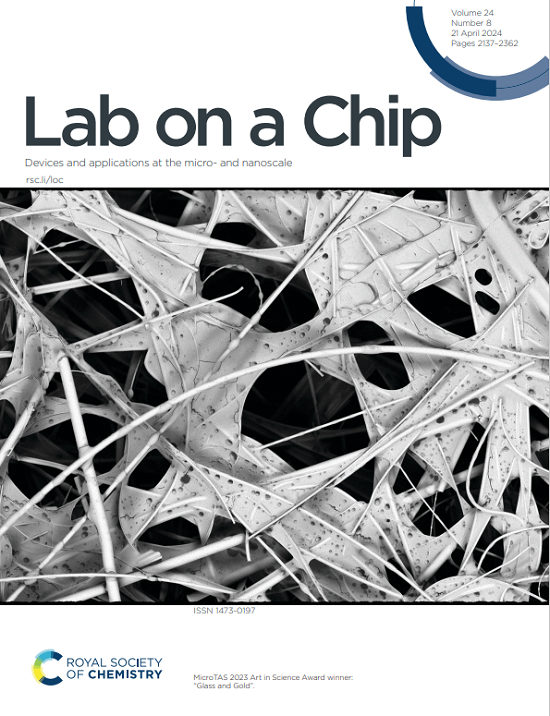Modular bioreactor for multi-well electrical stimulation of in vitro cardiac tissue engineering constructs
IF 5.4
2区 工程技术
Q1 BIOCHEMICAL RESEARCH METHODS
引用次数: 0
Abstract
Systems for providing electrical stimulation to in vitro cell cultures are valuable in many tissue engineering applications. We designed and fabricated a novel modular bioreactor consisting of a printed circuit board assembly and carbon paper electrodes which is compatible with commercially available 12-well plates. Our system is the first of its kind and capable of simultaneously supplying four different amplitudes of stimulus waveform to different wells of the bioreactor. SPICE and FEA were used to model and validate the delivery of these stimuli to cells in culture. We then used our bioreactor to apply 0 V, 0.1 V, 1 V, and 10 V of electrical stimulation to neonatal rat cardiomyocytes (NRCMs), with and without neonatal rat ventricular fibroblast co-culture, for 10 minutes daily on 7 consecutive days. Electrically stimulated NRCMs maintained viability except in response to 10 V stimulation in the absence of fibroblast co-culture. Furthermore, NRCMs exposed to 0.1 V stimulation exhibited enhanced markers (sarcomeric α-actinin and connexin 43) and upregulated genes (βMYC, cTnI, Cav1, and Cx43) related to cardiac electrophysiology compared to non-stimulated controls. This suggests 0.1 V stimulation with our bioreactor is advantageous for the electrophysiological function of primary cardiac cells; it may also be useful in electrophysiologically maturing induced pluripotent stem cell-derived cardiomyocytes.用于体外心脏组织工程多孔电刺激的模块化生物反应器
为体外细胞培养提供电刺激的系统在许多组织工程应用中是有价值的。我们设计并制造了一种新型模块化生物反应器,该反应器由印刷电路板组件和与市售12孔板兼容的碳纸电极组成。我们的系统是同类中的第一个,能够同时向生物反应器的不同井提供四种不同振幅的刺激波形。SPICE和FEA用于模拟和验证这些刺激在培养细胞中的传递。然后,我们使用我们的生物反应器对新生大鼠心肌细胞(nrcm)施加0 V, 0.1 V, 1 V和10 V的电刺激,与和不与新生大鼠心室成纤维细胞共培养,每天10分钟,连续7天。在无成纤维细胞共培养的情况下,除10v刺激外,电刺激的nrcm保持活力。此外,与未受刺激的对照组相比,暴露于0.1 V刺激的nrcm表现出增强的心肌电生理相关标志物(肌动蛋白α和连接蛋白43)和上调的基因(βMYC、cTnI、Cav1和Cx43)。这表明0.1 V的生物反应器刺激有利于原代心肌细胞的电生理功能;它也可用于电生理成熟诱导多能干细胞衍生的心肌细胞。
本文章由计算机程序翻译,如有差异,请以英文原文为准。
求助全文
约1分钟内获得全文
求助全文
来源期刊

Lab on a Chip
工程技术-化学综合
CiteScore
11.10
自引率
8.20%
发文量
434
审稿时长
2.6 months
期刊介绍:
Lab on a Chip is the premiere journal that publishes cutting-edge research in the field of miniaturization. By their very nature, microfluidic/nanofluidic/miniaturized systems are at the intersection of disciplines, spanning fundamental research to high-end application, which is reflected by the broad readership of the journal. Lab on a Chip publishes two types of papers on original research: full-length research papers and communications. Papers should demonstrate innovations, which can come from technical advancements or applications addressing pressing needs in globally important areas. The journal also publishes Comments, Reviews, and Perspectives.
 求助内容:
求助内容: 应助结果提醒方式:
应助结果提醒方式:


